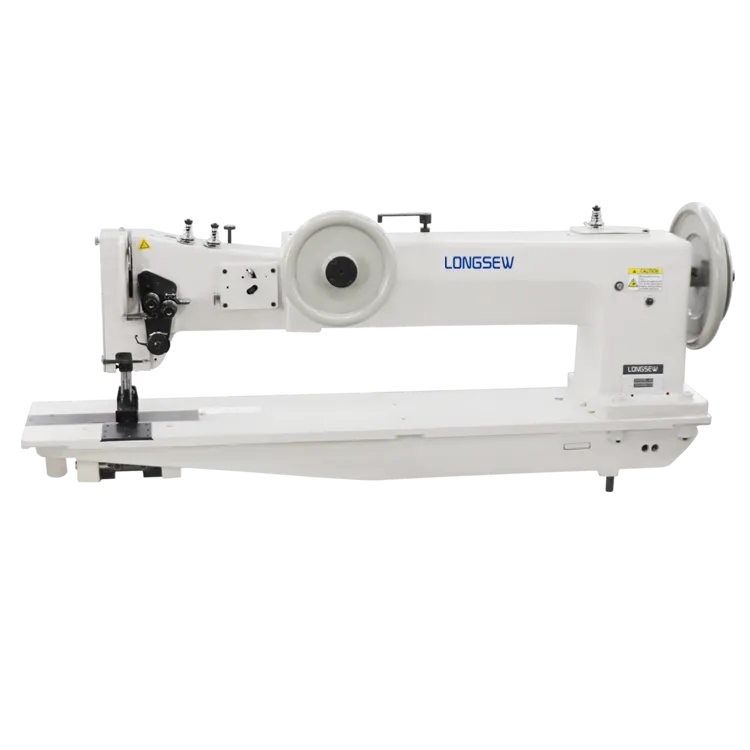Understanding the Basics of Lock Stitch in Sewing and Its Importance for Fabric Projects
What is a Lock Stitch?
A lock stitch is one of the most common types of stitches used in sewing, primarily due to its strength and versatility. It is formed using two threads the upper thread, which is fed through the needle, and the lower thread, which comes from the bobbin beneath the fabric. The mechanism of creating a lock stitch involves a mechanical interaction between these two threads, allowing them to interlock securely. This type of stitch is particularly favored in both home sewing and industrial applications because it provides a neat and durable finish.
How Lock Stitches Are Made
The process of making a lock stitch begins when the needle penetrates the fabric with the upper thread. As the needle comes down, it creates a loop. Simultaneously, the lower thread, which winds around a bobbin, is drawn up by a hook or looper mechanism that is part of the sewing machine’s design. When the needle rises, the two threads interlock, and the fabric is secured. This simple yet effective method is what differentiates the lock stitch from other types, such as chain stitches, which can be more prone to unraveling.
Applications of Lock Stitches
Lock stitches are extremely adaptable, making them suitable for a wide range of sewing tasks. They are predominantly used for joining pieces of fabric together, constructing garments, home furnishings, and crafts. The straight lock stitch is particularly popular for seams, as it provides a flat and smooth finish. In addition to this, variations of the lock stitch, like the zigzag stitch, allow for stitching that can stretch with the fabric, which is essential for knit fabrics and elastic materials.
what is a lock stitch

The lock stitch is also used in specialized sewing techniques, such as topstitching, where a visible seam is created for aesthetic purposes. This is often seen in denim garments where the topstitching adds both durability and visual appeal. In professional settings, lock stitches are crucial for high-speed sewing machines used in mass production, where efficiency and consistency are paramount.
Advantages and Disadvantages
One of the major advantages of the lock stitch is its strength. When compared to other stitching methods, such as the basting or running stitch, the lock stitch offers superior durability and resistance to fraying. Additionally, it can be adjusted to produce different lengths and widths, catering to various fabric types and project requirements.
However, the lock stitch does have its drawbacks. It can be less flexible than chain stitches, which can adapt to the movement of stretchy fabrics. Furthermore, if the stitch is pulled apart, it can lead to unraveling, making it less secure in certain applications. Proper tensioning of both threads is crucial to achieving a consistent stitch; if not monitored, it can result in issues like bunching or loose stitching.
Conclusion
In summary, the lock stitch is a foundational technique in the world of sewing, excelling in strength and appearance. It’s an indispensable skill for both amateur and professional sewers alike. The ability to create clean, secure seams has made the lock stitch a popular choice for various textile applications, from fashion to home décor. Understanding the mechanics, applications, and nuances of this stitch can enhance the quality of sewing projects and streamline the sewing process. Whether you are stitching a simple hem or constructing a complex garment, mastering the lock stitch is essential for achieving professional results.
-
Leather Sewing Machine: The Industrial Standard for Tough MaterialsNewsJul.18,2025
-
Sail Making Machine: Heavy-Duty Stitching for Industrial and Marine NeedsNewsJul.18,2025
-
Sling Sewing Machine: The Backbone of Heavy-Duty FabricationNewsJul.18,2025
-
Leather Sewing Machine: Precision for Heavy-Duty StitchingNewsJul.18,2025
-
Big Bag Sewing Machine: Powering the Future of Bulk PackagingNewsJul.18,2025
-
FIBC Sewing Machine: Essential Equipment for Bulk Bag ProductionNewsJul.18,2025
-
Heavy Duty Leather Sewing Machine: A Must-Have for Professional LeatherworkNewsMay.28,2025





























